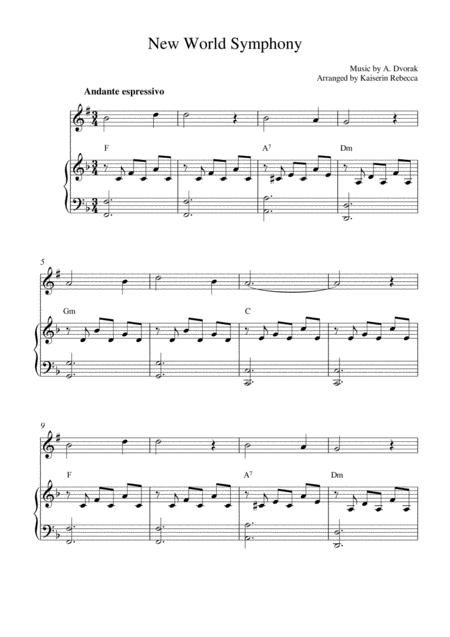

on these small recorders, on flutes.') and in Lydgate's Fall of Princes ( c. ('These little shepherds fluting all day long. The earliest references are in John Lydgate's Temple of Glas ( c. 1430): These lytylle herdegromys Floutyn al the longe day.In here smale recorderys, In floutys. īy the 15th century, the name had appeared in English literature. fistula nomine Recordour (one pipe called 'Recordour'). David Lasocki reports the earliest use of "recorder" in the household accounts of the Earl of Derby (later King Henry IV) in 1388, which register i. The instrument has been known by its modern English name at least since the 14th century. 6.4.2.1 Fourth Brandenburg Concerto BWV 1049.6.3.1.2 Documentary evidence: treatises.Acoustically, its tone is relatively pure and, when the edge is positioned in the center of the airjet, odd harmonics predominate in its sound (when the edge is decidedly off-center, an even distribution of harmonics occurs). This ability, coupled with its open finger holes, allow it to produce a wide variety of tone colors and special effects. It is notable for its quick response and its corresponding ability to produce a wide variety of articulations. The sound of the recorder is often described as clear and sweet, and has historically been associated with birds and shepherds.

THE NEW NINE NOTE RECORDER METHOD MUSIC SHEETS PAGE 2 FULL
There are many professional recorder players who demonstrate the full solo range of the instrument, and a large community of amateurs. Composers who have written for the recorder include Monteverdi, Lully, Purcell, Handel, Vivaldi, Telemann, Bach, Hindemith, and Berio. It was revived in the 20th century as part of the historically informed performance movement, and became a popular amateur and educational instrument. The recorder is first documented in Europe in the Middle Ages, and continued to enjoy wide popularity in the Renaissance and Baroque periods, but was little used in the Classical and Romantic periods. tapering towards the foot) to cylindrical, and all recorder fingering systems make extensive use of forked fingerings. The recorders' internal and external proportions vary, but the bore is generally reverse conical (i.e. Modern professional instruments are almost invariably of wood, often boxwood student and scholastic recorders are commonly of molded plastic.

Recorders were traditionally constructed from wood or ivory. The sizes most commonly in use today are the soprano (also known as descant, lowest note C 5), alto (also known as treble, lowest note F 4), tenor (lowest note C 4), and bass (lowest note F 3). Recorders are made in various sizes with names and compasses roughly corresponding to various vocal ranges. It is the most prominent duct flute in the western classical tradition. A recorder can be distinguished from other duct flutes by the presence of a thumb-hole for the upper hand and seven finger-holes: three for the upper hand and four for the lower. The recorder is a family of woodwind musical instruments in the group known as internal duct flutes: flutes with a whistle mouthpiece, also known as fipple flutes.


 0 kommentar(er)
0 kommentar(er)
